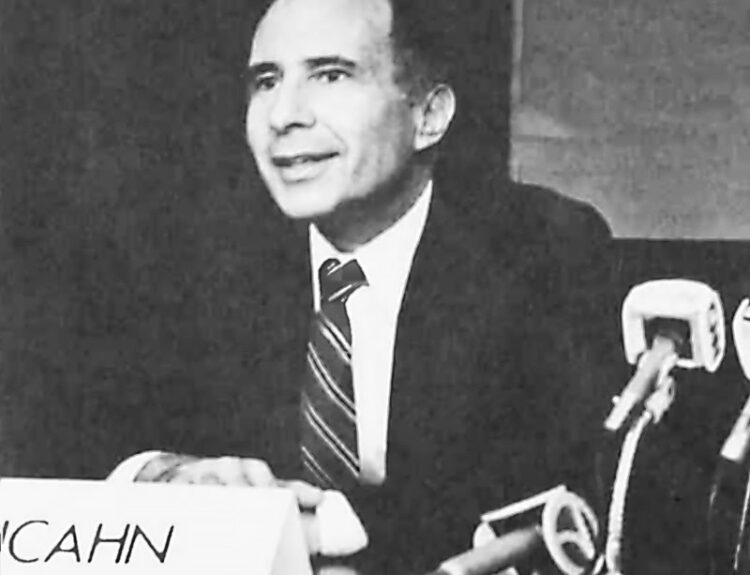Strategies to minimize disruption and challenges for students
- 15 nonprofit colleges have announced closures, mergers, or acquisitions this year
- Financial instability is the primary cause of college closures
- Teach-out agreements can help students transition to other institutions
- Closure announcements should be made with sufficient notice to faculty and staff
- College closures can have economic impacts on local communities
The closure of colleges and universities has become increasingly common in recent years, with 15 nonprofit institutions announcing closures, mergers, or acquisitions in 2024 alone. Financial instability is often the primary cause of these closures, as many schools struggle to adapt to declining enrollment and rising expenses. However, there are strategies that schools can employ to minimize the challenges faced by students during these transitions.nnOne such strategy is the use of teach-out agreements, which allow students to seamlessly transfer their credits to partner institutions and complete their degrees in a timely manner. Schools that provide sufficient notice of closure and support services, such as direct coaching, have seen higher rates of student re-enrollment and completion of credentials.nnFaculty and staff are also affected by college closures, often losing their jobs without severance packages. The timing of closure announcements can greatly impact their ability to find new employment, with January being an optimal time for faculty to secure new positions. Additionally, closures can have economic impacts on local communities, particularly in rural areas where the institution may be a major employer.nnWhile college closures are on the rise, experts emphasize that they are still relatively rare and should not be a major concern for the average college student. However, schools facing financial challenges should explore alternative enrollment strategies, such as targeting adult learners, to ensure long-term sustainability.·
Factuality Level: 3
Factuality Justification: The article provides relevant information about the closure of the University of the Arts and the challenges faced by colleges in the current educational landscape. It includes quotes from students and experts, as well as data on college closures. However, the article lacks depth in some areas and could benefit from more diverse perspectives and analysis.·
Noise Level: 3
Noise Justification: The article provides relevant information about the challenges faced by colleges, the impact of closures on students, faculty, and staff, and potential solutions such as teach-out agreements. It includes quotes from individuals affected by college closures and experts in the field. However, the article contains some repetitive information and could benefit from more in-depth analysis of long-term trends and solutions.·
Private Companies: University of the Arts,College Viability,College Possible,ReUp Education,Complete College America
Key People: Ciara Duggan (Recent Graduate), Gary Stocker (Founder of College Viability), Catherine Marciano (Vice President for Partnerships at College Possible), Terah Crews (CEO of ReUp Education), Charles Ansell (Vice President for Research, Policy and Advocacy at Complete College America), Paula Langteau (Former President of Presentation College, Consultant), Robert Kelchen (Professor at the University of Tennessee, Knoxville, Expert in Higher-Education Finance)
Financial Relevance: Yes
Financial Markets Impacted: The closure, mergers, and acquisitions of nonprofit colleges can have financial implications for the institutions involved, as well as for students, faculty, staff, and the local community. It can also impact the higher education sector as a whole.
Financial Rating Justification: The article discusses the financial challenges faced by nonprofit colleges, the reasons behind college closures, and the impact on various stakeholders. It highlights the financial instability of some colleges, the decline in student enrollment, and the potential economic effects of closures. These factors have implications for financial markets and companies in the higher education sector.·
Presence Of Extreme Event: No
Nature Of Extreme Event: No
Impact Rating Of The Extreme Event: No
Extreme Rating Justification: There is no extreme event mentioned in the article.·
 www.marketwatch.com
www.marketwatch.com 




